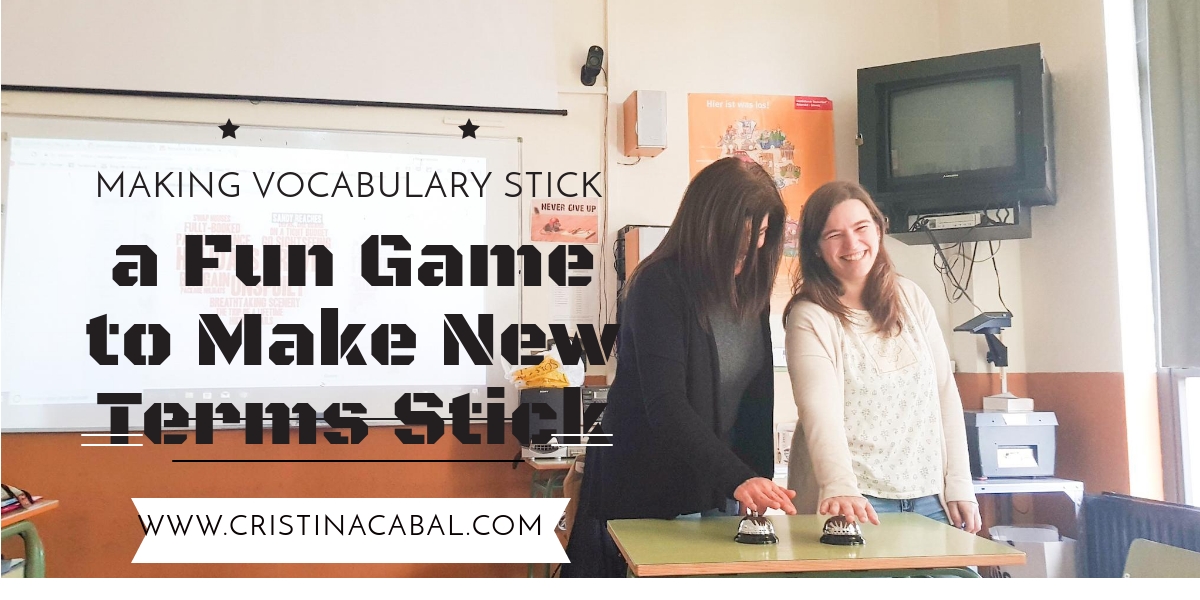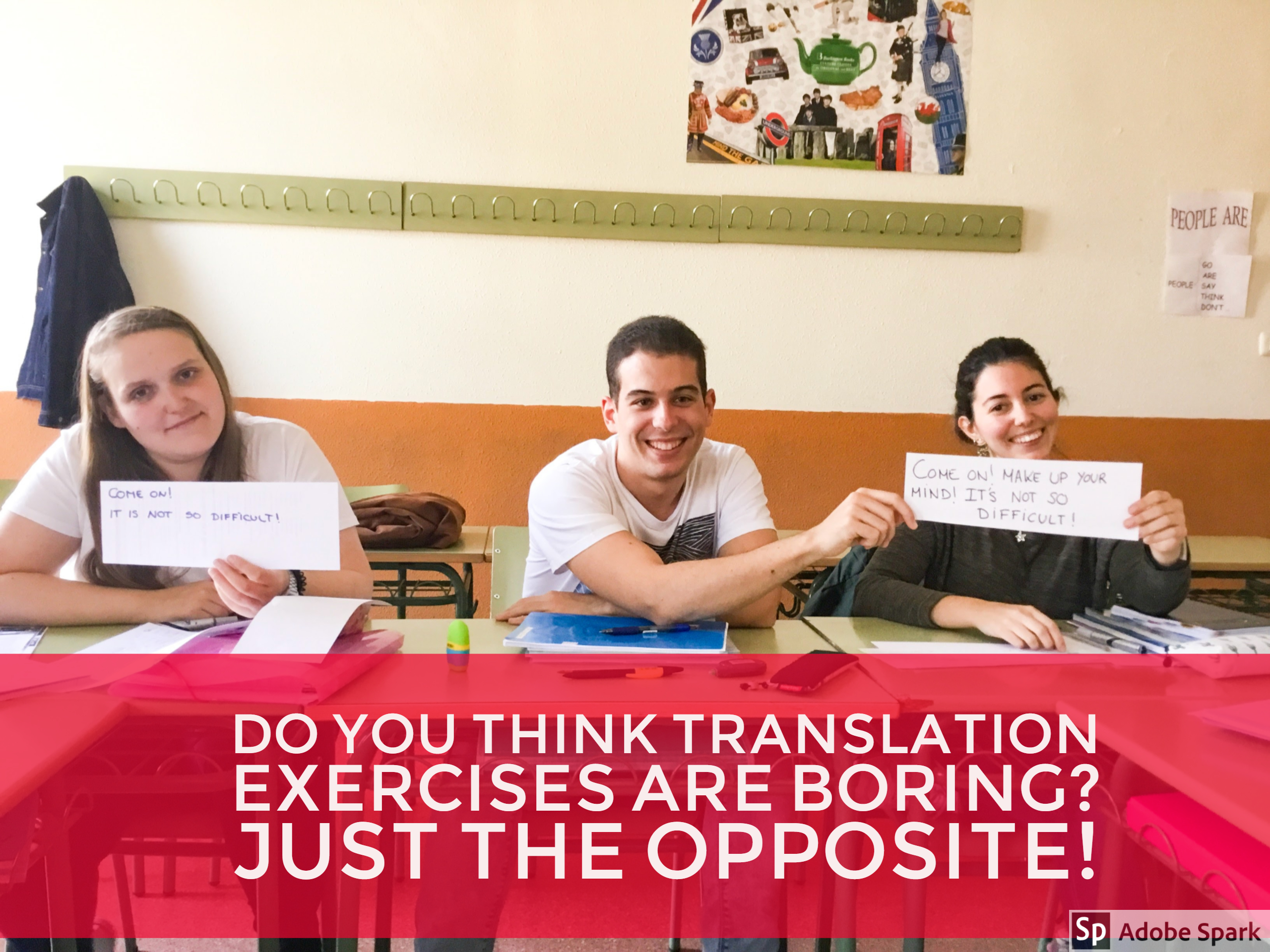This is an interactive image created with Genial.ly . Just hover the mouse cursor over the picture to uncover the term.
This is an interactive image created with Genial.ly . Just hover the mouse cursor over the picture to uncover the term.
It is said that you need to use a new word at least ten times to be able to remember it. I don’t know what to say about it.
I should probably not be saying this, I know I shouldn’t, but I can’t let it pass. For some students, using the word once or twice is enough and for some others, you can work on it and repeat it until the cows come home and still, no luck. If you are a teacher, I know you understand what I mean. Fortunately, this is not true for most of my students 🙂 🙂

This is a simple activity you can do to encourage the use of newly-acquired vocabulary and to help students remember it.
I’m afraid if you don’t have a computer and OHP in your classroom, this activity would probably be useless to you. So, I won’t blame you if you stop reading right now.
Pre-game
What kind of holidays do you prefer? Do you prefer package holidays or making your own?
2.Introducing new vocabulary. Nothing fancy here. I introduced and worked on new vocabulary using a variety of activities, but most from their textbook.
Boring part over.
Game.
I asked a student to help me with the typing of the words. So while I was writing on the board the words students volunteered, he was typing these same words in the wordart app.
(click on the image)
Steps 1, 2 and 3 took about 5 minutes.
Procedure:
Team A starts. I point to a word (very nicely highlighted in this app) and team A has to describe the word to their captain using synonyms or paraphrasing. The only problem is that both Captains can press the bell if they know the word. Teams have 1m 30´ to describe as many words as possible.
Award one point for each correct guess.

Some more rules:

Have fun while teaching and your students will learn better!!!
I have to say that I have an incredibly complicated relationship with grammar. I don’t like it and that’s my problem. I wouldn’t go as far as Michel de Montaigne and say “The greater part of the world’s troubles are due to questions of grammar”, that’s probably going too far but, for me, “Grammar is a piano I play by ear” as Joan Didion said,.
Obviously, this is something that, as a teacher, I cannot share with my students.
So, in order to make teaching grammar more palatable, I am forever trying to present it in a more appealing way. Not only to my students, but also to me.
Embedded below is a more visual explanation of the use and omission of the relative adverbs: where, when and why.
I have used one of my fav free tools, PlayBuzz, which is not specifically designed to be used as a teaching tool but it really has a lot of potential for language teaching.
Relative Pronouns de cristina.cabal
When I teach something new, I’m always worried about one simple thing. Will my students internalise any time soon the new “whatever it is”? How can I help them? How long does it take for them to feel confident using the new structure/expression/word? How many times do they have to be exposed to the new term? How many different examples/contexts do you have to give them? How long does it take before a word becomes familiar and therefore usable?
This is an article I wrote for Voices, the British Council magazine, where I suggest Six Low-Preparation Vocabulary Activities for the English Classroom, which can help.
Believe me, they don’t have to be boring. In fact, just the opposite.
I know some teachers consider translation activities a thing of the past and that, arguably, they should be banned from our classes. I don’t completely agree.
If I am honest with you, I can’t say that I like giving students a whole paragraph to translate, but a one-sentence translation exercise can help consolidate and reinforce grammar and vocabulary.
And it doesn’t need to be boring. In fact, it can be a lot of fun. How?
Easy. Let’s combine a seemingly boring traditional exercise with an online fun tool and let’s turn it into a competition.

Preparation:
• Decide on few sentences you want students to translate. I’d suggest 6-8 sentences. If you like exploring tools, my favourite for this kind of activities is Playbuzz flip cards.
• Slips of paper
How to go about it:
1. Pair learners and give them as many slips of paper as sentences you want them to translate.
2. Write the first sentence on the board and ask students to translate into English. If you use the online tool I mentioned above, just show the first card. (See mine below)
3. Depending on the length or difficulty of the sentence to be translated, set a time limit.
4. Once the pair have their sentence, ask them to write it on the slip of paper big enough for you to see from a distance.
5. When the time is up, ask the pair to hold it up and quickly go through all the translated sentences awarding 1 point to the pair who has the correct translation.
6. The winner is the pair who get the most points.
Note: Be strict with spelling mistakes or any other tiny mistakes. Students love it when you are strict and don’t give away the points easily.
Follow-up: Revise again all the sentences, but this time orally.